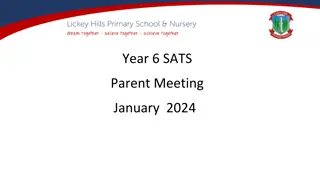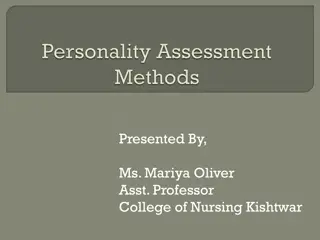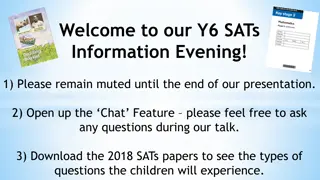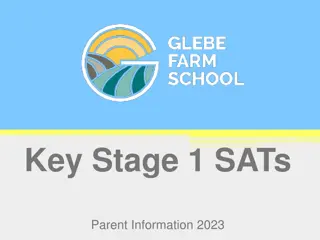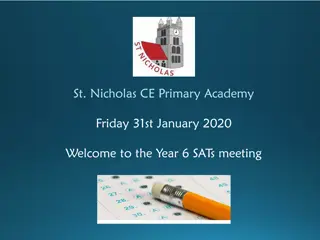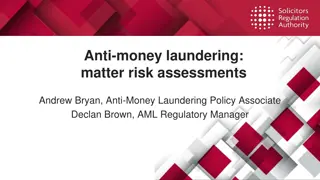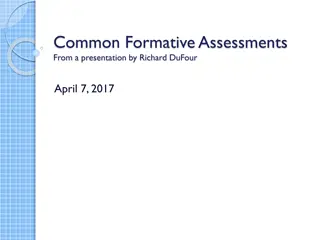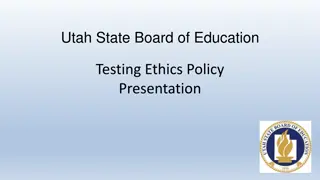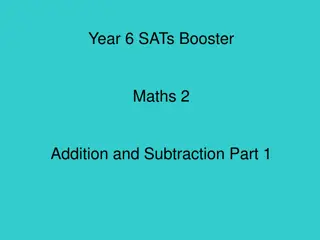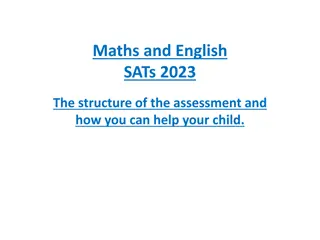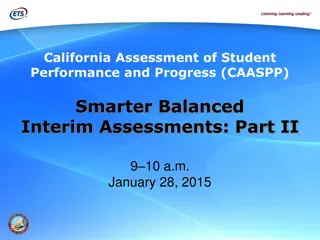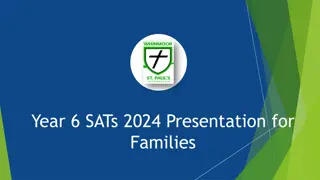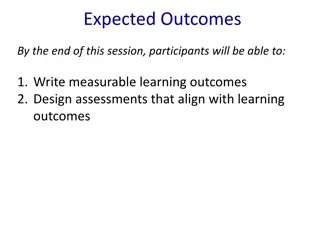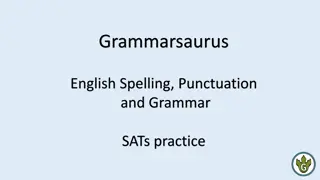Understanding Year 6 SATs Assessments
Year 6 SATs, or Standardised Assessment Tests, are crucial assessments for Key Stage 2 children. These tests cover various subjects like Grammar, Spelling, Reading, and Maths over a span of four days. Results are externally marked and provide a scaled score to measure academic performance. Learn more about the structure, process, and scoring of Year 6 SATs in this detailed guide.
Download Presentation

Please find below an Image/Link to download the presentation.
The content on the website is provided AS IS for your information and personal use only. It may not be sold, licensed, or shared on other websites without obtaining consent from the author. Download presentation by click this link. If you encounter any issues during the download, it is possible that the publisher has removed the file from their server.
E N D
Presentation Transcript
Year 6 Family Learning Year 6 Family Learning 1
What are the SATs? SATs are the Standardised Assessment Tests that are given to children at the end of Key Stage 2. The SATs take place over four days, starting on Monday 9thMay ending on Thursday 12thMay. The SATs papers consist of: Monday Monday Tuesday Tuesday Wednesday Wednesday Thursday Thursday GPS (45mins) Spelling (15mins) Reading (60 mins) Maths 1 (30 mins) Maths 2 (40 mins) Maths 3 (40 mins) Writing is assessed using evidence collected throughout Year 6. There is no Year 6 SATs writing test. The key stage 2 tests will be taken on set dates unless your child is absent, in which case they may be able to take them up to 5 school days afterwards. 3
When and how the SATs are completed The tests take place during normal school hours, under exam conditions. Each morning, the children will have a soft start to the day where breakfast will be provided. Children are not allowed to talk to each other from the moment the assessments are handed out until they are collected at the end of the test. After the tests are completed, the papers are sent away to be marked externally. The results are then sent to the school in July. Each test lasts no longer than 60 minutes: 4
The results Tests are marked externally. Once marked, the tests will be given the following scores: A raw score (total number of marks achieved for each paper); A scaled score (see below); A judgement on if the National Standard has been met. After marking each test, the external marker will convert the raw score to a scaled score. Even though the tests are made to the same standard each year, the questions must be different. This means the difficulty of the tests may vary. Scaled scores ensures an accurate comparison of performance over time. Scaled scores range from 80 to 120. A scaled score of 100 or more shows the pupil is meeting the National Standard. 5
Spelling, Punctuation and Grammar: Monday 9thMay Spelling, Punctuation and Grammar consists of two papers. Paper 1 focuses on all three elements (spelling, punctuation and grammar). The paper lasts for 45 minutes. Paper 2 consists of a spelling test only. It should take approximately 15 minutes, although this is not a set amount of time (pupils should be given as much time as they need to complete the test). 6
Spelling, Punctuation and Grammar: Paper 1 This test focuses on: Grammatical terms/ word classes; Functions of sentences; Combining words, phrases and clauses; Verb forms, tenses and consistency; Punctuation; Vocabulary; Standard English and formality. This test requires a range of answer types but does not require longer formal answers. 7
Reading: Tuesday 10thMay There is one reading test that lasts for 60 minutes. The test is designed to measure if the children s comprehension of age-appropriate reading material meets the national standard. There are three different set texts for children to read. These could be any combination of non-fiction, fiction and/ or poetry. The test covers the following areas: Give/ explain the meaning of words in context; Retrieve and record information/ identify key details from fiction and non-fiction; Summarise main ideas from more than one paragraph; Make inferences from the text/ explain and justify inferences with evidence from the text; Predict what might happen from details stated and implied; Identify/ explain how information/ narrative content is related and contributes to meaning as a whole; Identify/ explain how meaning is enhanced through choice of words and phrases; Make comparisons within the text. 8
Reading The reading SATs paper requires a range of answer styles. Example questions: 9
Reading Example questions: Based on text 3: Music Box 10
Reading Since the current testing formation for the SATs began in 2016, there has been a tendency for three types of questions to be the most popular. In the 2019 Reading SATs paper, 12% of marks could be gained from answering questions involving giving and explaining the meaning of words in context; 42% of marks could be gained from answering questions involving retrieving and recording information or identifying key details from a text; 36% of marks could be gained from answering questions involving making inferences from a text and justifying inferences with text evidence. When reading with your child at home try focusing on these types of questions. 11
Maths: Wednesday 11thMay and Thursday 12thMay The maths assessments consist of three tests. Paper 1: Arithmetic (30 minutes) Wednesday 11thMay Paper 2: Reasoning (40 minutes) Wednesday 11thMay Paper 3: Reasoning (40 minutes) Thursday 12thMay 12
Maths Paper 1 (Arithmetic) The maths arithmetic paper has a total of 40 marks. The test covers the four operations (addition, subtraction, multiplication, division, including order of operations requiring BIDMAS), percentages of amounts and calculating with decimals and fractions. Example question: 13
Maths Papers 2 and 3 (Reasoning) Paper 2 will take place on Wednesday 11thMay and paper 3 will take place on Thursday 12thMay. These tests have a total of 35 marks each. These papers require children to demonstrate their mathematical knowledge and skills, as well as their ability to solve problems and their mathematical reasoning. They cover a wide range of mathematical topics from key stage 2 including, Number and place value (including Roman numerals); The four operations; Geometry (properties of shape, position and direction); Statistics; Measurement (length, perimeter, mass, volume, time, money); Algebra; Ratio and proportion; Fractions, decimals and percentages. 14





